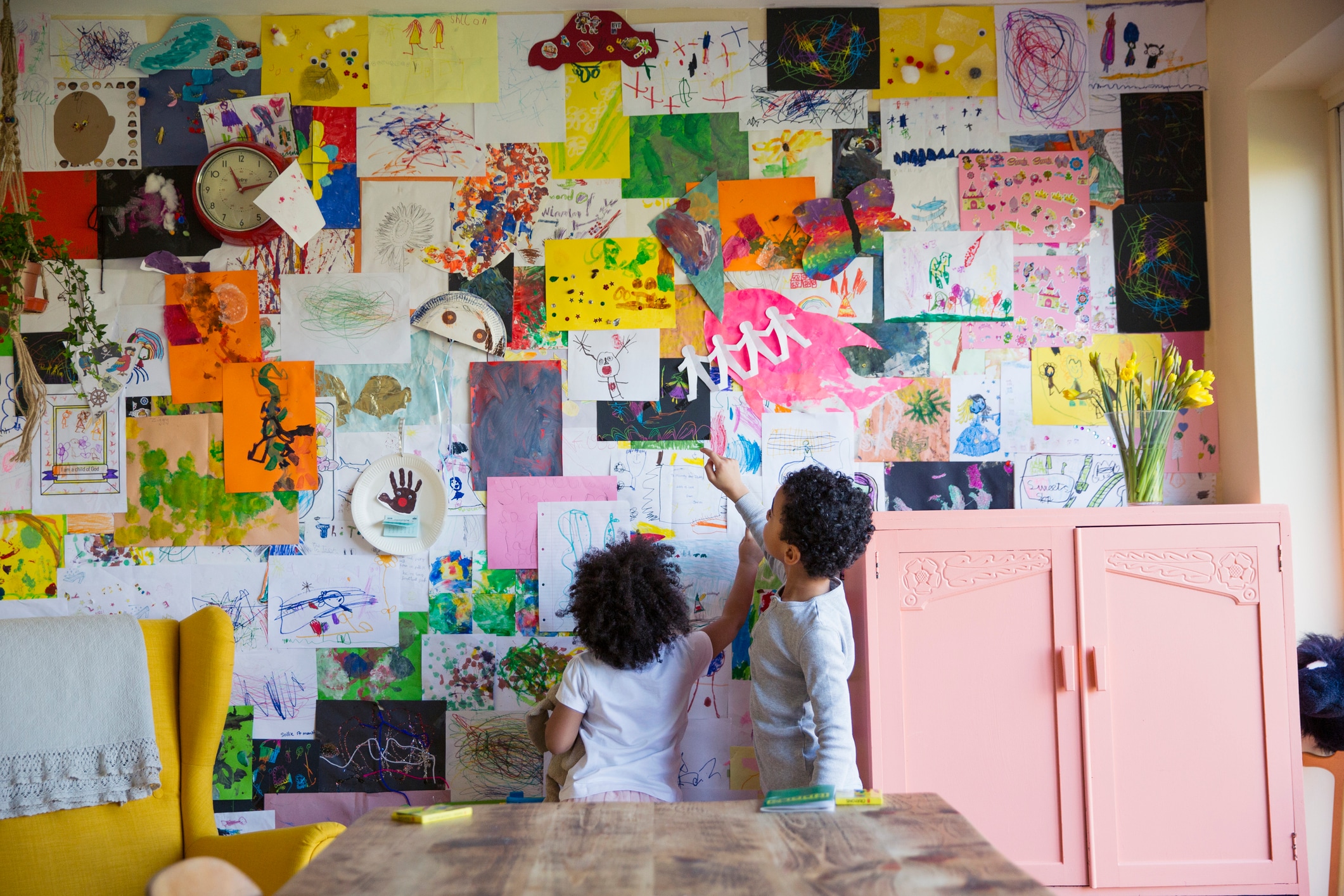“Just 10 more minutes?” “Where’s my bear?” “Can I have a glass of water?” If this sounds familiar to you, you know that kids tend to fight going to bed — even when they’re tired. That’s why establishing a consistent bedtime routine is worth the struggle.
“Children need to know that the daily routine of going to bed is going to be consistent, so they get the sleep they need to recharge and be able to engage as fully as possible in play and school to ensure good development,” says Joy Doll, OTD, OTR/L, assistant professor at Creighton University with experience in children’s sleep patterns.
Here are some additional benefits of bedtime routines for kids, along with tips for how to start one.
What are the benefits of a bedtime routine?
When you get your little one into a routine before bedtime, you set the foundation for healthy sleep patterns when your tot becomes a busy big kid. “Children benefit from a routine that allows them to prepare for sleep,” says Doll. That means dimming the lights, putting away toys and avoiding media for at least an hour before bedtime. Before you know it, your kid will be thinking about sleep long before you say the words.
Bedtime routines also provide security for children in a world that is uncertain. According to Joan Simeo Munson, Ph.D., a counseling psychologist and contributing writer to EmpoweringParents.com, children crave routines because they feel safe when they know what’s coming next. “As children grow into the toddler stage, they are able to see that the world around them is a big place that can sometimes be a bit scary,” she says. Knowing what to expect each evening provides kids with a sense of security before they drift off sleep.
Creating a bedtime routine also has its benefits for mom and dad. When your children have a consistent bedtime, you can plan on having some adults-only time at night. Take this time to watch a movie or talk about your day without any distractions.
How do you establish a routine?
It’s never too early to establish a bedtime routine. According to Munson, you can start establishing a bedtime routine from the time your baby is born. Don’t fret if your child still doesn’t have a consistent routine at age 3. However, after 3 years, your child’s sleep pattern should begin to be more consistent. And consistency is key when starting a routine, so pick a bedtime and stick to it. This can be difficult between after-school activities and homework, but your child’s internal clock adjusts easier with a consistent pattern.
When establishing a routine, don’t focus on just the hour before bedtime. Think of it as a routine for the whole night. Munson recommends eating dinner at the same time and setting up a post-dinner routine that your children follow each evening. This routine can include cleaning up the dinner table, finishing up homework, picking out clothes, getting things in order for the next day, taking a bath, brushing teeth and then going to bed.
You’ll definitely want to avoid giving stimulants to you children, including treats with chocolate (which contain caffeine) or sugary desserts. The last thing you want before bedtime are children bouncing off the walls. According to Doll, avoid sweets and caffeine for at least two hours before bedtime.
What are some typical bedtime routines for each age?
Here are some tips for every age group:
- 1- to 3-year-olds
Follow the “three Bs” for little ones, Doll advises. Bedtime routines should begin with a bath, followed by books and then bed. Children this age are often overtired and cranky once bedtime rolls around, so it’s important to keep it simple and help them relax. - 3- to 5-year-olds
When your child reaches this age, Munson says to introduce choices. “Toddlers and young kids will try everything to stay up later, so it’s important to keep reiterating, ‘It’s time for bed now.'” However, kids this age like to have choices. Let your little one pick out their clothes for the next day, tuck in their stuffed animals or get their own water — so long as these choices aren’t used as stalling activities, advises Munson. Children this age can then follow the same type of routine as the younger set — for example, a bath and story time. - 5- to 10-year-olds
For older children, it’s important to stress independence. By this age, kids are developing a little more autonomy and may not want to be treated “like a baby.” They should be able to get their things ready for school the next day all by themselves. “This may allow them to feel a sense of responsibility and importance,” says Munson. Before bed, you can read to them, but also give them the opportunity to read independently for 10 to 15 minutes to allow them the chance to feel more independent.





